Bacterial growth means the time taken by the bacteria to multiply. Bacterial growth is by means of binary fission. In this method a parent cell divides into two progeny cells, these two cells again divede into two cells each and so on…This type of growth is also called logarithmic growth cycle.
Another important concept regarding this growth is the time taken by parent cell to divide into progeny cells e.g
- coli takes twenty minutes to divide into two progeny cells
Mycobacterium tuberculosis takes 18 to 24 hours to divide into two progeny cells
This time helps organisms to grow large number of organisms that further helps in their pathogenesis.
Bacterial growth also depends on the nutrients available to grow, PH, temperature etc.
PHASES OF GROWTH CYCLE OF BACTERIA
There are four stages of growth cycle
- Lag phase
- Log phase
- Stationary phase
- Death phase
1: LAG PHASE :
First phase in growth cycle of bacteria. In this state actual division of cell do not occur. This stage is characterized by the metabolic changes inside cells of bacteria . Bacteria remains in this phase for few minutes to many many hours.
2: LOG PHASE :
In this stage actual division of cells occurs. This is also known as the stage of exponential growth. This is a best state for the action of antimicrobial agents.
3: STATIONARY PHASE:
Bacterial growth rely on nutrients and environment. As the cells keep on growing, the nutrients slowly deplete and there is also build up of waste in the surroundings. In this state the number of cells that are boing produced and the number of cells that are dying is equal.
4: DEATH:
This state is characterized by the depletion in the number of alive bacteria.
GROWTH INSIDE HOST CELL
In most instances, bacteria grow in the environment provided even artificial media that are used in laboratories. There are certain bacteria that are not able to grow outside cell. They are not able to produce their own ATP, so they are dependent on the host for energy requirement e.g. Chlamydia and Rickettsia. These type of bacteria are called obligate intracellular organisms.
METABOLISM OF IRON
Iron is also important for the bacterial growth. It is present in the form of ferric ion. It is essential because it is important component of some enzymes and cytochromes. Human body does not provide enough ferric ion for the growth of pathogen so the pathogen produce iron binding compounds called siderophores. Siderophores chelate iron and attach it to pathogen surface. Iron is transported into the cell by active transport
FERMENTATION
Breakdown of sugars is called fermentation. It breaks down to produce pyruvic acid and eventually lactic acid.
This process do not need oxygen.
Bacteria generate energy through this process.
Many organisms are identified by studying their ability to ferment sugars
A very important example is lactose fermenters and non fermenters.
Aerobes can grow in presence of oxygen but facultative and anaerobic organisms ferment sugars.
End product is acidic and can be deticted by using indicator e,g, phenol red
AEROBIC AND ANAEROBIC GROWTH
Type of growth that is dependant on oxygen supply. This type of growth divides pathogen into three main categories
- OBLIGATE AEROBES: theses organisms grow in the presence of oxygen only. They need oxygen to produce ATP.
- FACULTATIVE ANAEROBES : These pathogens can use oxygen as well as fermentation as energy generation pathway.
- OBLIGATE ANAEROBES: These lack superoxide dismutase or catalase or both. These can not even tolerate exposure to oxygen.


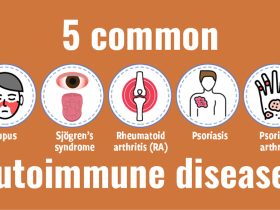
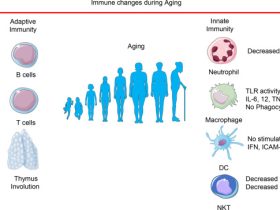
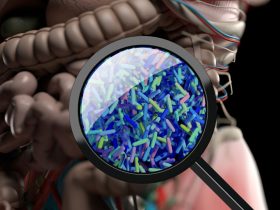

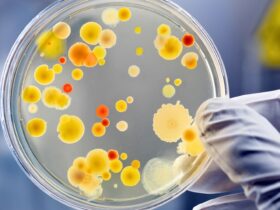
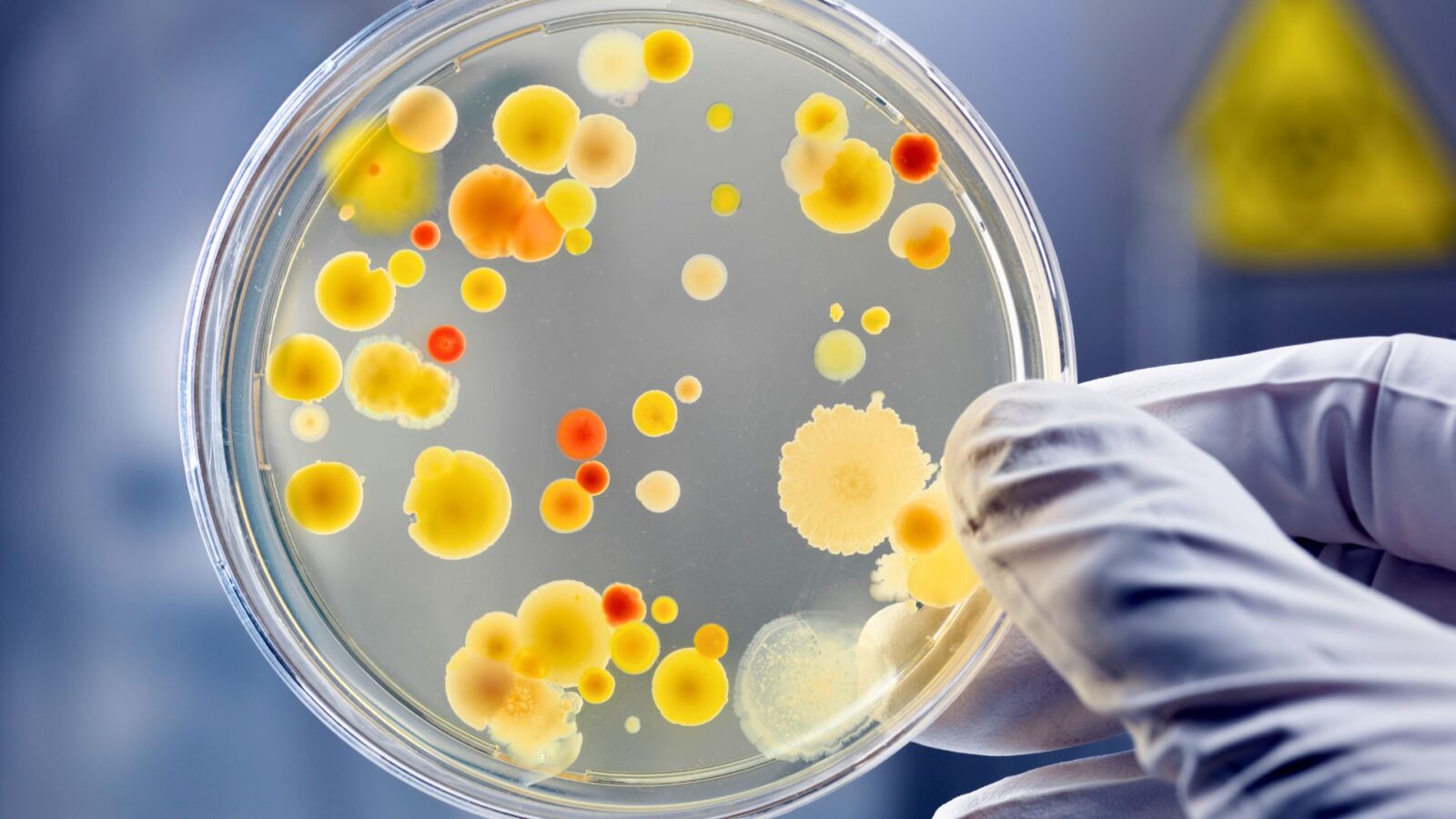

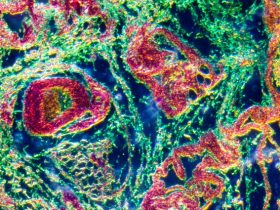
Leave a Reply